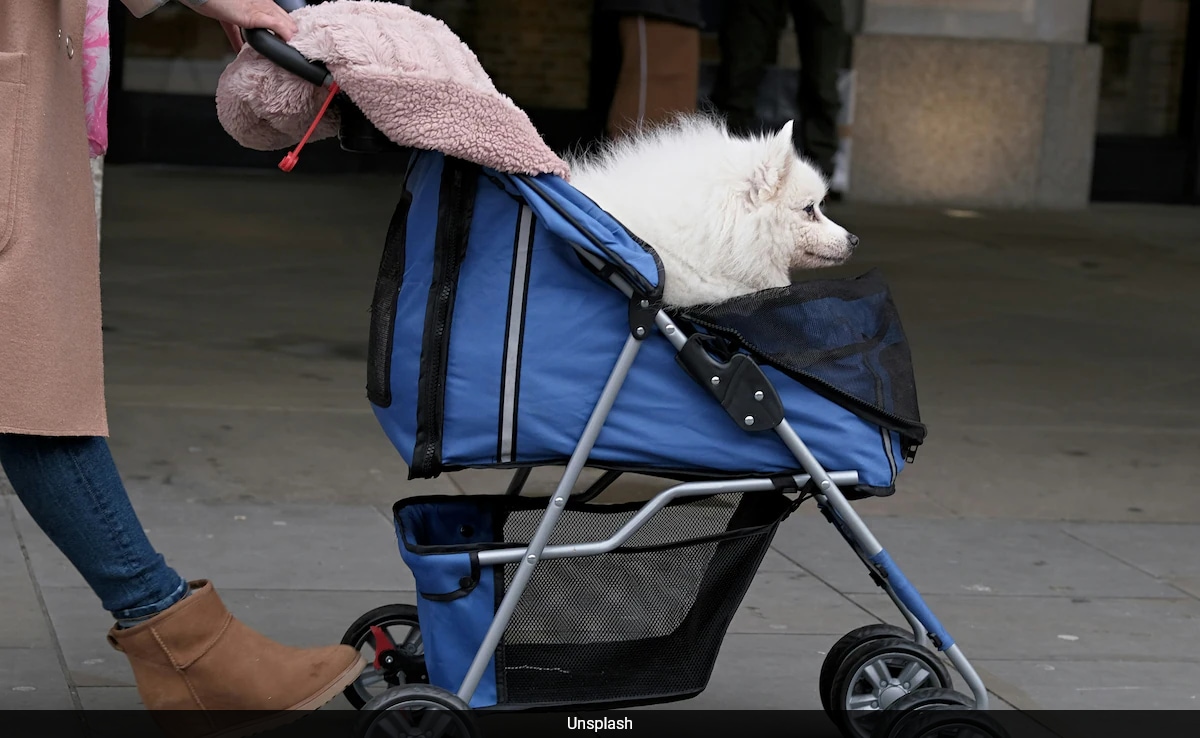The rise in pet stroller sales reflects broader socio-economic challenges.
South Korea is facing an urgent problem with its declining fertility rate as the world’s population dynamics change. In South Korea, dog strollers are now more popular than baby strollers, according to recent studies. This result highlights a more general issue over the nation’s fast diminishing birth rate, which as of 2023 fell to a historic low.
Citing a report from the Gmarket, an e-commerce platform operator, The Korea Times, reported that sales of pet strollers have exceeded those of baby strollers this year for the first time. Data released on Sunday showed that 43 percent of the total number of strollers sold on the platform during the first three quarters of this year were for human infants, while the remaining 57 percent were strollers designed for animals, mainly dogs and cats.
The ratio of infant stroller sales among the total strollers kept falling from 67 percent in 2021 and 64 percent in 2020 to 43 percent this year, meaning the ratio for pet strollers continued to rise from 33 percent in 2021 to 36 percent in 2022 and 57 percent this year.
The news portal reported, citing data from Statistics Korea, that the total fertility rate-the average number of children that would be born per woman-was 0.78 in 2022, the lowest in the world. The figure is forecast to drop even further. The national statistical organisation said the fertility rate is expected to be 0.72 this year and fall below 0.7 to 0.68 in 2024 before rising again.
Meanwhile, the number of households raising pets is increasing. Data from the Ministry of Agriculture, Food, and Rural Affairs shows that more than 6 million households had pets last year, compared to 3.6 million in 2012.
In South Korea, the situation is particularly acute, with the declining birth rate reflecting broader socio-economic challenges, including the high cost of living and housing. As South Korea grapples with these demographic shifts, the rising popularity of dog strollers over baby strollers serves as a symbolic indicator of the nation’s struggle with low birth rates and changing societal priorities.



